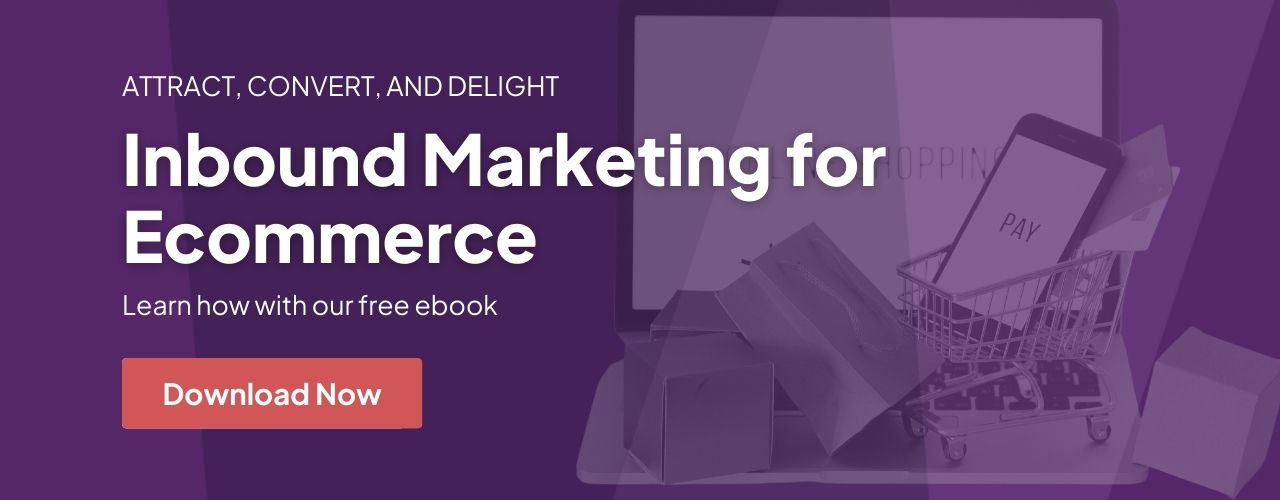Deleting products from your website can be a necessary step in keeping your e-commerce store updated and relevant. But, did you know that it can also impact your SEO? In this blog, we will explore the SEO impact of deleting products and provide tips for safely removing outdated content.
Depending on your CMS, your product database, your audience, and your goals, what you do with your inactive website products might be different from what someone else does, but generally, you will choose one of the following three options.
Understanding the SEO Impact of Deleting Products
SEO is an important part of online marketing that focuses on increasing the visibility and rating of your website in search engine results pages (SERPs). It entails a variety of approaches for improving the quality and relevancy of your website's content, structure, and user experience, resulting in increased organic traffic.
When it comes to product deletion, the impact on SEO is heavily influenced by how you handle the process and the reasons behind it. Let's look at some important variables to consider
1. Content and Keywords
Every product page on your website helps your overall SEO strategy. These pages include useful content such as product descriptions, photos, reviews, and keywords that attract search engine traffic. When you delete a product, you lose its unique content as well as any connected keywords, which may result in a loss in organic exposure.
2. Internal and External Links
Products often have internal links pointing to them from other pages on your website, such as category pages, blog posts, or related products. Deleting a product without proper handling can lead to broken links, negatively impacting the user experience and SEO. Additionally, external websites may have linked to your product pages. Removing those pages could result in lost backlinks, which are crucial for SEO.
3. User Experience
While SEO is vital, so is delivering a great user experience. Keeping a product on your website that is no longer accessible or relevant might confuse and frustrate consumers. This can result in higher bounce rates, and less time spent on the site, and eventually hurt your overall SEO efforts.
Best Practices for Handling Out-of-Stock Products
When dealing with products that are no longer available for purchase, it's crucial to handle them correctly to prevent negative consequences for your website's SEO. One of the primary things you should do is ensure that the product page remains live and communicates that it is currently out-of-stock so that you don't lose any valuable search engine rankings.
1. Leave the page up, but remove the "add to cart" button.
If your product is only temporarily out of stock, you should definitely leave your product page up, and let your customers know that they can return to this page once it is back in stock. If your product has been discontinued, you also have the option of leaving the page up, but just have your CMS remove the order options for products that are inactive.
Pros:
- You keep the organic rankings for that page, bumping competitors down and getting more search traffic.
- You keep the image rankings that you’ve built.
- Inbound links continue to carry full value to that page.
- People who land on the site find the page for exactly what they are looking for, even if they can’t order it.
Cons:
- Large database of products to maintain.
- Google crawlers might be using up their allocation for your site crawl on old, non-profitable pages.
- Visitors may be frustrated when they land on your page because they can’t actually buy the product.
- If this product has been replaced by a new version/model the visitor might land on this old page and completely miss the new product.
One great way to handle inactive products on an ecommerce site is to leave the pages up and have links to the relevant sub-category/category pages that the visitor might be interested in. As an added bonus, these category links generate some good anchor text. For example: “This [product name] is no longer available, but we do have a wide selection of [sub-category name] and [category name] available!"
2. Delete the product entirely
Inactivating your product so that it no longer shows on the site with the product URL returning a 404 error isn’t the best option, but it does have some advantages.
Pros:
- People know immediately that the product they were looking for is no longer available, avoiding confusion about a "broken" site that won’t let you order the inactive product.
- A well-optimized 404 error page can guide people toward the products that you still have that they might be interested in.
- It's really easy just to return a 404 error page when a URL doesn't resolve.
Cons
- Most people will leave immediately if they don’t see what they expect when they hit your site.
- The old product pages returning 404 errors will start to drop out of the rankings.
- You lose image rankings as those are no longer available either.
- As these pages and images drop out of the index, links built to them will start to drop out as well.

3. Implement redirects
Redirecting the removed product URL to a new page can either be helpful for a visitor, or incredibly confusing, depending on what and where you are redirecting.
Some ecommerce sites will put in a catch-all that redirects all not-found URLs to the home page, which isn’t a great solution. Yes, it prevents people from landing on error pages, but landing on the home page is just as confusing when you click a product-specific link. For crawlers, it means that every single URL that has ever existed still gets crawled and indexed, which can take up a lot of crawl bandwidth.
Instead of doing a mass catch-all to redirect to the home page, it’s recommended that you be more specific in your redirects. If possible with your CMS and database, redirect the old product to the nearest sub-category/category page.
For example, if the product, “Youth Girls Baseball Glove – Pink with Gold Stars” is located in the category: Baseball > Gloves > Youth > Girls, then you should redirect that specific discontinued product page to the “Girls” baseball gloves page. Then, if the visitor is searching for that product and ends up on your site through the old URL, they end up on a page that still has products highly relevant to what they are looking for and perhaps they will find something else to fit their needs.
Pros of Targeted Redirects:
- Your visitors get a page with products similar to the specific product they were looking for.
- Allows visitors to see newer products in the same category.
- Links to redirected pages keep much of their link juice (inbound link value), and can build link authority to the category pages.
Cons of Targeted Redirects:
- It can get difficult to manage if you have a large catalog.
- It can get especially difficult if your products are in multiple categories and there are no easy rules to define where to redirect a product.
- Redirecting categories/sub-categories can result in redirect chains.
- Eventually, these redirected product pages will fall out of the search results as well.
4. Evaluate the need for deletion
Before removing a product from your website, it's essential to evaluate the reasons behind the deletion. Consider factors such as outdated or discontinued products, low demand, stock depletion, or product consolidation.
This assessment will help you determine if the removal is necessary or if there are alternative solutions that could be more beneficial.
5. Provide helpful content
Focus on providing valuable and entertaining content to keep your website relevant and authoritative. Product descriptions, blog entries, and other resources that attract and retain visitors are examples of this.
How to Monitor SEO Performance After Deleting Products
Monitoring SEO performance after eliminating products is critical. First, use Google Analytics to track changes in website traffic and search engine rankings. To sustain organic traffic, optimize the remaining product pages for SEO.
To maintain appropriate crawling and indexing of your site, keep your sitemap up to date and alert search engines of any changes. Monitoring keyword rankings, backlink profiles, crawl budget, link value, internal links, website ranking, thin content, and bounce rate can all contribute to a better user experience.
Updating redirects or broken links caused by deletion can also aid in preserving link equity on the most relevant page.
Conclusion
Deleting products from your e-commerce website is a necessary part of managing your inventory, but it's crucial to approach these deletions with care to avoid harming your SEO efforts.
By following these best practices, such as implementing redirects, updating internal links, engaging with users, and monitoring performance, you can effectively delete products without sacrificing your website's visibility and rankings in search engine results.
By maintaining a strategic approach to product deletions, you can ensure a seamless user experience and preserve your website's organic traffic to know more about how you can leverage SEO in your ecommerce business, contact our experts today!








